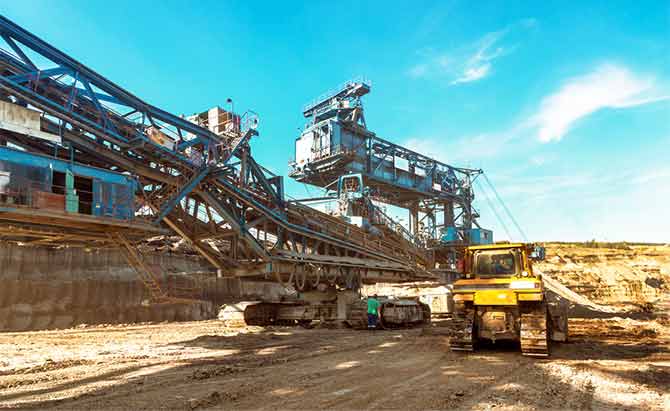
37 Tips for Electrical Safety in Mines
Using electrical equipment on the job is always hazardous. According to a report prepared by the Fire Protection Research Foundation, there were 1,962 electrical-related workplace deaths during the ten-year period ending in 2013. Almost 200 of those occurred in mines.
Compared with other industries, mining is among the most dangerous when it comes to working with electrical power. According to data from the U.S. Bureau of Labor Statistics as reported by the Centers for Disease Control, the mining industry has an electrical fatality rate approximately eight to twelve times that of other U.S. industries.
Another interesting fact: Mine-related electrical injuries are disproportionately deadly. Mine Safety and Health Administration data report one fatality for every 22 electrical-related injuries, compared with an average of one fatality for every 203 injuries for all other mining injury types.
Mines have always presented unique challenges when it comes to electrical safety. The materials being mined, along with the dust and gases generated from mining, make it easy for a relatively minor electrical accident to turn into an explosion or major fire. Damp conditions add additional complications.
Almost three-quarters of mine-related electrical injuries and deaths involve using machines, tools, appliances, or lighting, and coming into contact with wiring, transformers, or other electrical components.
The good news: These types of accidents are preventable. In this article, we’ll look at the history of electrical power use in mines, some of the unique electrical hazards mine workers face, and what can be done to keep them safe.
Use of electricity in mines
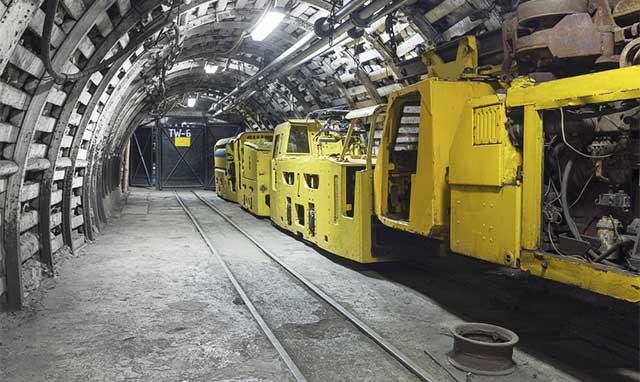
Electricity started being installed in mines around 1910. Since then, it’s been used to haul things, provide lighting, detonate explosives, run pumps and fans, and power equipment including drills, cutting machines, and hoists.
Documents going back to 1911 discuss the dangers related to using temporary power in mines. Back then, the dangers included:
- Shocks from contact with trolley wires, bare conductors, and ungrounded equipment.
- Fires from electricity igniting coal, the ashing of motors, and short circuits.
- Explosions resulting from arcing and sparking that ignited methane or dust accumulations.
Very quickly, the Bureau of Mines set up a separate division to study and make recommendations about electrical safety. Today, the Office of Mine Safety and Health Research continues to provide guidance to protect mine workers from shocks, fires, explosions, and other things that can cause injuries, illnesses, and death.
So what can you do to protect your mine workers?
Mine safety should begin when planning for the mine and continue until the mine is closed down. This article offers 37 tips that can help keep mine workers safe on the job.
Planning and documentation

Mine safety begins early in the mine planning process. Everything you do related to powering the mine should be carefully planned and documented.
Here are 7 things you can do to plan for a safer mine and carefully document your electrical system.
- Start by assessing the environmental conditions in the mine, and always plan the installation and operation of electrical systems with an eye to controlling risk. This is particularly important when the atmosphere in the mine could be combustible. If this is the case, you should find ways to isolate electrical equipment from dust, gases, and other things that could catch fire or cause explosions.
- Always make clear and understandable schematic diagrams of your electrical equipment and how it’s installed. (Remember to include control wiring). Document the settings of any adjustable electrical circuit protection devices. Don’t forget to consider isolation arrangements.
- Keep your schematic diagrams up to date. Revise them after you make any changes to the system. Having current drawings handy can help improve the planning process when it comes time to make new changes to your electrical equipment setup.
- Copies of your schematic diagrams should be stored virtually online. Physical copies should be kept outside of the mine (in the office) and also be posted in the mine at substations and other critical locations.
Tip: Store virtual mine plans on a secure server to avoid them getting hacked.
- In addition to schematic electrical diagrams, the overall mine plan must show the position of major electrical assets and cable routes. When planning these routes, double-check for hazards.
- Hidden or buried cables should be clearly marked by tape or “danger” tiles buried with them. Always document the location of hidden cables on the electrical schematic and mine plan.
- Also document any zones where dangerous levels of flammable gas or dusts could accumulate. Make sure these areas are clearly identified with appropriate warning signage. Have a safety plan for these areas that is checked and verified regularly.
Tip: It’s always a good practice to share information between electrical engineering staff and the people who are responsible for the mine’s ventilation system. These two systems are interconnected, and close collaboration can help keep mine workers safe.
Electrical system installation
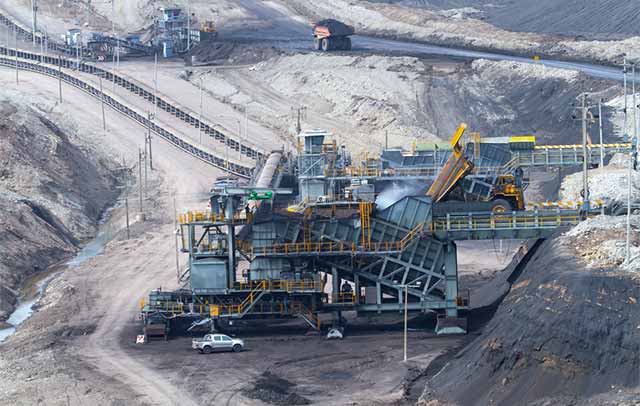
When it comes time to actually build out the electrical system in your mine, take every step possible to control risk. Here are 15 things you can do:
- Always make sure you ground the electrical system.
- Ensure that you have systems in place to automatically cut off the power supply should something go wrong. In addition, install a back-up power supply that keeps critical systems — including environmental monitoring equipment, control rooms, winding apparatus, and ventilation fans — running through an emergency shutdown.
- Don’t ever make changes to any part of your system without carefully thinking them through and determining the impact to the overall system. This could include changes to fault levels and paths, fault-clearing capabilities, and switching arrangements. Not doing so could lead to devastating consequences.
Tip: It’s always a good idea to have a clear understanding of where the responsibilities of the local electrical power supply provider end and where yours begin, before you start any electrical installation. This can make it easier to figure out how to resolve issues when emergencies occur.
- Always use heavy-duty cables, power distribution systems, and equipment tested and approved for use in mines. Some materials you should never use in a mining operation include:
- Insulating materials (typically phenolic types) that can decompose when subject to arcing. (They can give off potentially toxic fumes and turn flammable.)
- Equipment containing polychlorinated biphenyls (PCBs) and polychlorinated terphenyls (PCTs).
- Light metals and their alloys, including aluminum, magnesium, titanium, and zirconium, especially in a potentially flammable atmosphere. (When you must use light metals or their alloys, encase or cover them with a protective material to reduce risk.)
Tip: An experienced electrical supply firm can provide the advice you need to purchase electrical equipment and cables that have been tested and approved for mine use.
- Fuses or other suitable protection should be installed as close to bus bars as possible when low-current auxiliary circuits are connected to high fault level bus bars. This will help protect auxiliary circuit wiring. In addition, unprotected connections between fuses and bus bars should be set up to avoid faults by keeping the leads as short as possible, segregating them, or using reinforced insulation.
- Always design and build electrical signaling, control, and interlocking systems so any electrical failure causes the equipment the systems are monitoring and controlling to fail in a safe way.
- Any connections used in mine electrical systems should have adequate insulation to prevent electric shock and be set up to avoid high resistances that could lead to overheating, arcing, and sparking. This is particularly important in flammable environments.
- Install transformers to ensure lower voltage conductors can’t be charged above their normal voltage.
Tip: When using equipment in a combustible atmosphere, it’s a good idea to avoid letting any external part of the equipment reach a temperature greater than 33 percent of the ignition temperature of the combustible dust or gas.
- If there’s any chance that conductors or insulation could become damaged, take steps to protect them using some form of enclosure or sheathing.
- Always place circuit conductors in safe locations and take steps to insulate them appropriately.
- When using higher voltage conductors (greater than 125 V) or any type of conductor in a flammable atmosphere, protect them with a metallic screen, conduit, or other semi-conductive material.
- Use metallic screens made of steel wire or other suitable hard metallic sheath for fixed cables operating above 650 V.
- Circuit conductors with differing current-carrying capacities should never be connected together unless the circuit electrical protection is designed to protect the circuit conductor having the lowest current-carrying capacity.
- Mine electrical systems should incorporate some form of excess current protection. If it’s impossible to do this, the size, strength, and capability of the equipment in the system must be adequate to withstand the thermal, magnetic, electrical, and mechanical stresses it could be subjected to.
- Locate conductors in places such as padlocked rooms with limited access to reduce risk. Place appropriate warning notices near these locations.
Tip: Do you have equipment that uses oil to cool, insulate, or suppress arcing? It could pose a significant fire hazard and shouldn’t be used in underground mines. Replace it with newer models that use synthetic fluids specifically manufactured for switchgear as soon as possible. These fluids have a much higher flashpoint than oil. An experienced electrical equipment supplier can recommend the right equipment for your operation.
Safe equipment usage
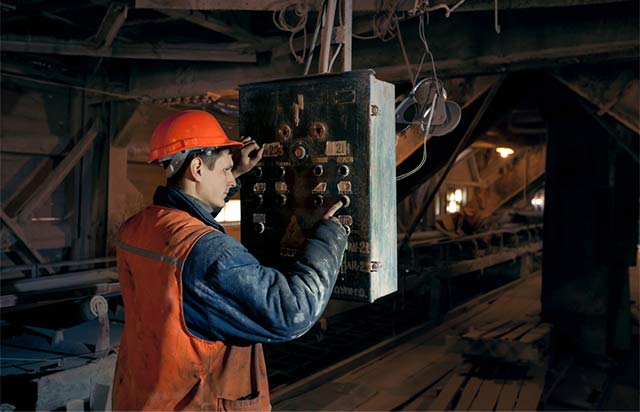
Here are 10 safety tips for using electrical equipment in mines.
- Always select and use equipment that is fully compatible. Connecting incompatible equipment or using the wrong connectors is a leading cause of mine accidents and injuries.
- If there is any chance that unrelated plugs or sockets could be coupled together, take precautions to prevent this by using keyway coding, padlocking, or clearly marking the switchgear, plugs, and sockets.
- Any electrical equipment used in areas that could potentially have flammable dusts or gases should be certified for use in these types of areas. If it’s necessary to use monitoring, testing, recording, measurement, or other special equipment that is not certified for use in these areas, always have a plan for using them safely. An electrical equipment supplier that has experience working with mine operators can help you find equipment certified for use in particularly dangerous areas.
- Only use low-voltage handheld equipment in mines (at or below 50 V act or 120 V dc). If you must use higher voltage equipment, take extra precautions. An experienced equipment provider can recommend how your workers can effectively use this equipment in a mine. If they’re working in highly conductive or damp locations, make it a point to use dc handheld equipment.
- Traction batteries should only be changed at designated charging or transfer stations that are adequately equipped for doing the job. Always keep fire prevention equipment nearby. Also, only traction batteries having a mid-point isolator should be stored below ground at places other than the designated charging stations.
- Use spider boxes and other temporary power supply sources designed for mine use.
- Always double-check that cable coverings, protective devices, and conducting screens are securely attached to equipment and properly sealed. This will prevent foreign substances from entering, which could affect the integrity of the insulation or circuit conductors. Also, make sure these things are protected against corrosion, especially in damp area.
- Flexible cables attached to tools should always be placed in secure locations where they can’t be damaged. Use reels and hangers whenever possible. Install permanent or semi-permanent cables securely to avoid damage.
- If your mine has a potentially flammable atmosphere and uses any type of vehicle or locomotive system with a battery or alternator, or if it’s used to transport explosives, the chassis or frame should not be used as the current carrying path for any electrical circuit. This could cause a fire or explosion. You can, however, leverage the chassis or frame to operate protective or monitoring devices.
- To keep unauthorized workers from making system changes to operate their equipment, used restrained or bolted plugs and sockets.
Damaged equipment and emergencies
Here are 5 things you should be prepared for and do if an electrical emergency happens.
- Have emergency treatment equipment located in different places throughout the mine. Train workers on how to use it. Post easy-to-read and -understand notices that explain the appropriate first-aid treatment for electric shock and emergency action.
- Have procedures in place that explain what to do when any person or system at a mine detects flammable gas in high concentrations. This should include cutting off power to any electrical equipment located near where the flammable gas concentration is detected.
- Where a potentially dangerous electrical defect is found, make a record of it and take immediate action to limit risks. If repairs can’t be done right away, you should isolate the defective equipment, take it out of service, and lock it up. Always clearly label equipment that’s damaged or defective and shouldn’t be used.
- Before working on any damaged equipment, make sure there are no sources of power attached to it. Always do appropriate safety checks before permanently restoring power to equipment that has been repaired.
- Ensure complete inspections are done after an emergency and senior supervisors sign off on the corrective actions before work starts again.
Best practice: Ensure that your mine evacuation plan is always up to date, review it regularly with workers, and conduct periodic evacuation drills.
Conclusion
Using the right equipment correctly can help reduce the number of electrical-related accidents, injuries, illnesses, and deaths that happen in mines. Safety is something that should be considered from the beginning of the mine-planning process through to when the mine is closed for good. It’s something that should be focused on every single day.

 CALL OR TEXT NOW 800-597-9311
CALL OR TEXT NOW 800-597-9311
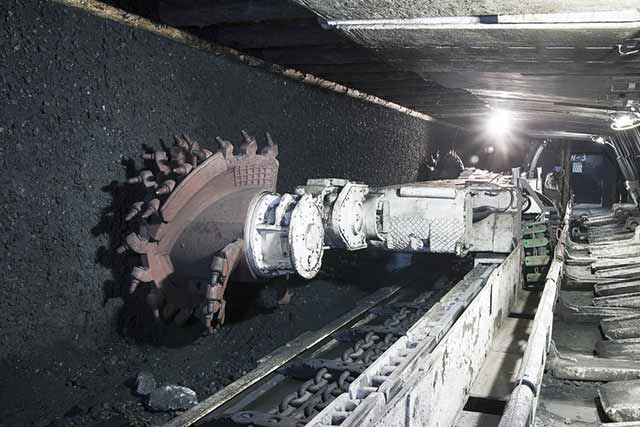
Leave a comment